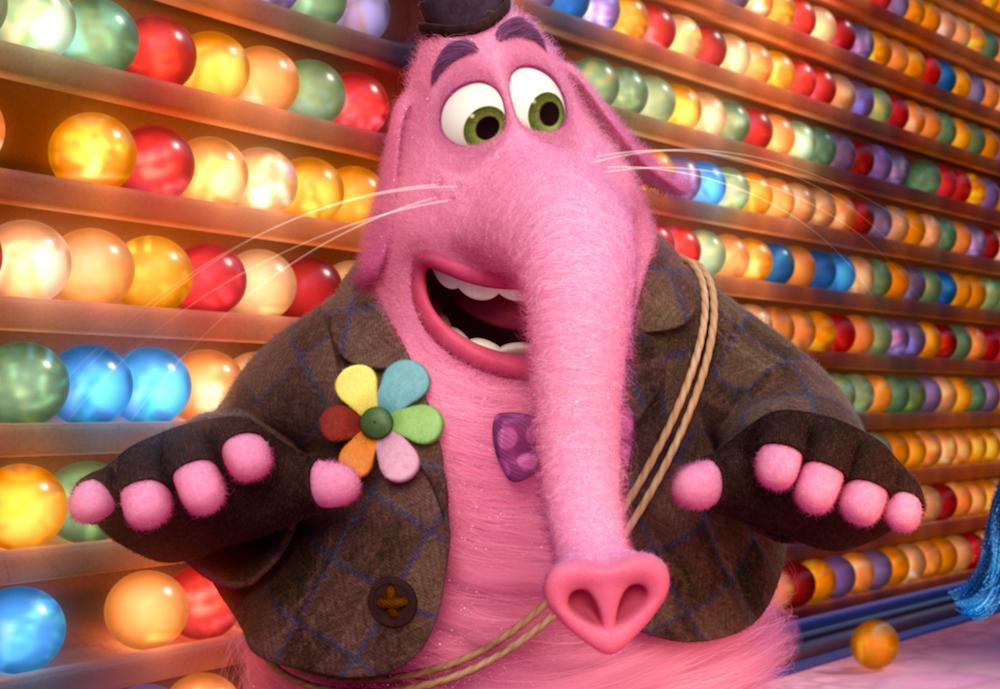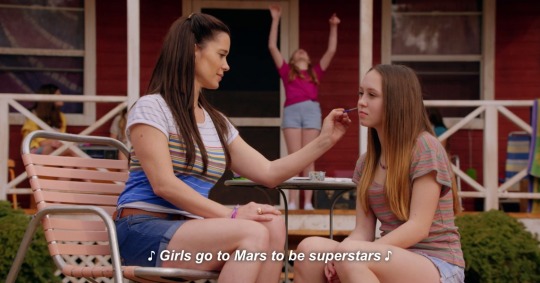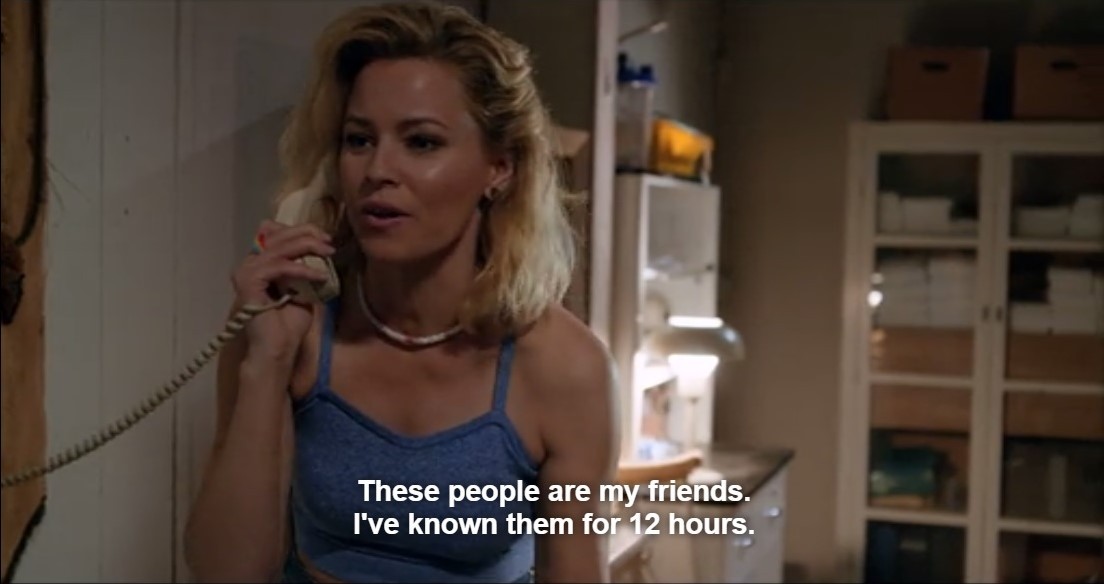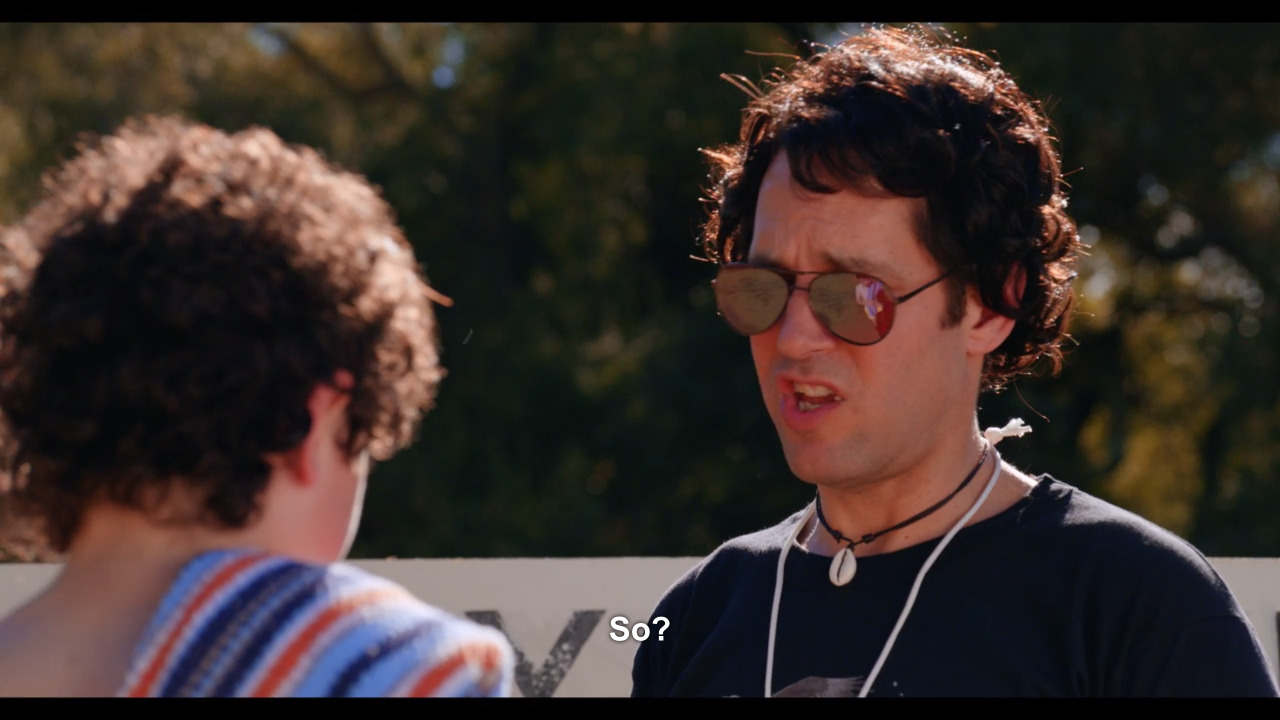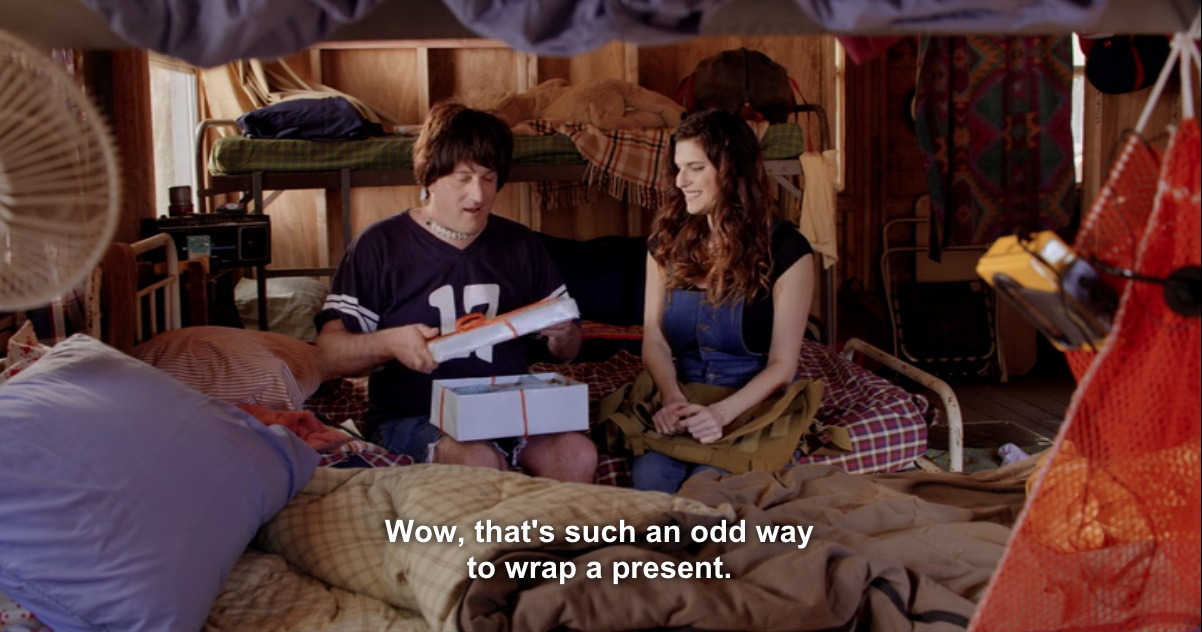American Beauty
(1999)
1999 was an interesting year for movies. American Beauty, The Matrix, The Sixth Sense, Fight Club, Being John Malkovich, eXistenZ; just a handful among others who came forward to share the spotlight, whether in confident strides or tentative steps or even a push from behind. It was the turn of the century, the beginnings of quasi-independent films finding their way to mainstream recognition, the predictions for drastic change in the techno-sphere.
American Beauty began as a play in the early 1990s,
until writer Alan Ball decided it would work better as a screenplay. Many
well-known directors turned down the offer before Sam Mendes was hired to
direct what would be his first feature. Alan Ball, Bruce Cohen, Dan Jinks and
Stan Wlodkowski produced the film. It was well received by both critics and
audiences and eventually went on to win the Academy Award for Best Picture,
among other accolades.
On
the surface, American Beauty is a
simple film. Lester Burnham (Kevin Spacey), a middle-aged man, lives with his
wife Carolyn (Annette Bening) and daughter Jane (Flora Birch) in a comfortable
suburban existence. Lester hates his office job that makes less than what the
high-achieving Carolyn earns as a real estate broker. Jane hates her parents
and is going through a teenage phase of excessive eyeliner, baggy clothes and
general disdain towards people save for her friend, the gorgeous and
superficial cheerleader Angela Hayes (Mena Suvari). Lester becomes infatuated
with Angela who encourages his advances. Meanwhile, Jane forges a relationship
of sorts with the new neighbours’ son Ricky, whose father Col. Fitts (Chris
Cooper) is a retired war veteran and his mother Barbara (Allison Janney) a mentally
unstable woman.
The
narrative reads like your average soap opera tale of domestic trouble, teenage
angst and sexual proclivities. However, that is precisely what American Beauty is about. Its tagline,
“Look closer”, already suggests that nothing is really what it seems. For starters,
Lester and Carolyn’s marriage is not breaking down due to a lack of intimacy,
rather it is deeply rooted in the dominance of one over the other. Carolyn
controls Lester; she drives the car while he sleeps, she chooses the music that
plays during dinner, in the family portrait that hangs on the wall she is
seated while he and Jane remain standing. To add on to Lester’s lack of
traditional masculinity, he is unable to communicate properly with his own
daughter. Then there is Lester’s job at the advertising agency, where he
panders to his boss and clients on the phone while writing meaningless copy.
Lester, like everyone else in the film, is living in the Suburban Prison.
This
is why Lester falls so hard for Angela. In
the scene where Lester sees Angela for the first time, she is clad in a high
school cheerleading outfit and dancing along to the music; this quickly turns
into the first of Lester’s fantasies in which he and Angela are alone together.
In this scene, filmed in slow motion and lit with hyperreal intensity, Angela
dances seductively for him only, the long shot of the cheerleaders now a
close-up of Angela alone as she opens her jacket to reveal a burst of rose
petals. Lester starts
working out in the garage after overhearing Angela say that he would be more
attractive if he lost weight. He also buys marijuana from Ricky and starts
working at a fast food drive-through after blackmailing his boss and leaving
his desk job. Lester begins with the aim of winning Angela over, but it soon
becomes entangled with his need for self-assertion and release from the picture
perfect cage. When Angela finally gives herself up to him it is meant to be a
celebration of his manhood, until she tells him she is a virgin. The revelation
shocks Lester into seeing Angela as she really is – a child, and he redeems
himself by becoming a paternal figure.
The
Suburban Prison also holds Carolyn hostage. She is successful, but resorts to
crying in a dark room with the blinds drawn and then slapping herself for
crying, acutely aware of her weakness. She cannot find sexual satisfaction in
her marriage, so she has an affair with her rival, Buddy Kane, thus submitting
to the very man she was trying to overcome. The character of Carolyn is an
insidious reflection of the backlash against the post-modern woman; the
resentment against wives who undermine their husbands’ patriarchal positions,
the blame upon her shoulders for the dysfunction of her family. Even the suits
Carolyn wears, broad at the shoulders and devoid of figure, paint her as a
usurper of masculinity, an undesired, unattractive woman.
The
characters in American Beauty are on
a quest. They desire meaning, they desire truth. The pursuit of material wealth
has made them unhappy, unfulfilled shells of people, and so they resort to any
means of escape possible. Whether it is Angela and Lester’s paedophilic
relationship, or Carolyn and Buddy’s affair, or Jane and Ricky’s plan to run
away together, or Col. Fitts’ attempt to mask his homosexual nature, they are
united in the life they share within the American Dream. The aesthetics of the
film reflect its realist nature, showing up the Suburban Prison perfectly
through its picket fences, large manicured homes, trimmed rose bushes and
intentionally stereotyped characters. American Beauty is a critique against
consumerism as an effect of late capitalism. It succeeds, but only if you think
about the characters on the second level – that is, below the stereotypes they
are meant to play. Personally, I enjoyed the movie at the second level. It was
refreshing, a film that dared to mock and question the seemingly perfect middle
class. On a third level, however, it also suggests a return to the idealist
days of patriarchal households with submissive women would be the solution.
Carolyn, Jane and Angela are not only two-dimensional stereotypes of women, but
they have no redemption. Meanwhile, Lester eventually becomes the rightful
father, while Ricky stands up for himself, finds a girl to love and becomes the
good American guy. I would not belittle the creativity and intelligence of American Beauty, but I do wonder why it
was widely recognised while other films that went far further to question
notions of culture and humanity were overlooked. Perhaps it was easier for
critics to nudge audiences in the direction of a film that praised idealist
notions of families and men and women, harking back to the good ol’ days,
rather than to encourage films that looked at less comfortable issues that
could prove to be the undoing of society and the elite, critics included.
(1100 words)
References
Mendes, S. (1999). American Beauty. Drama.









